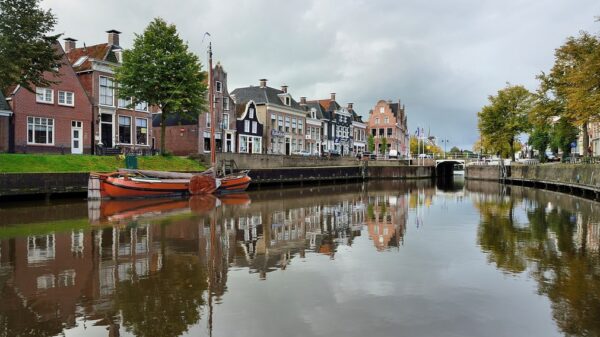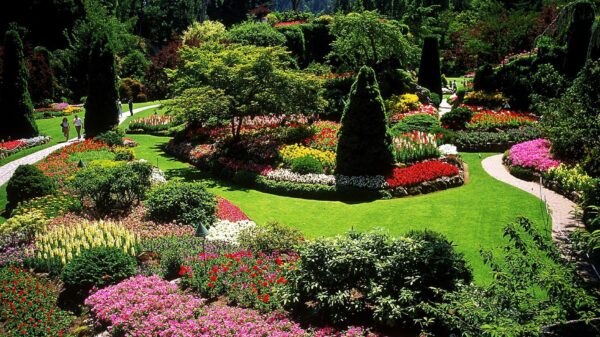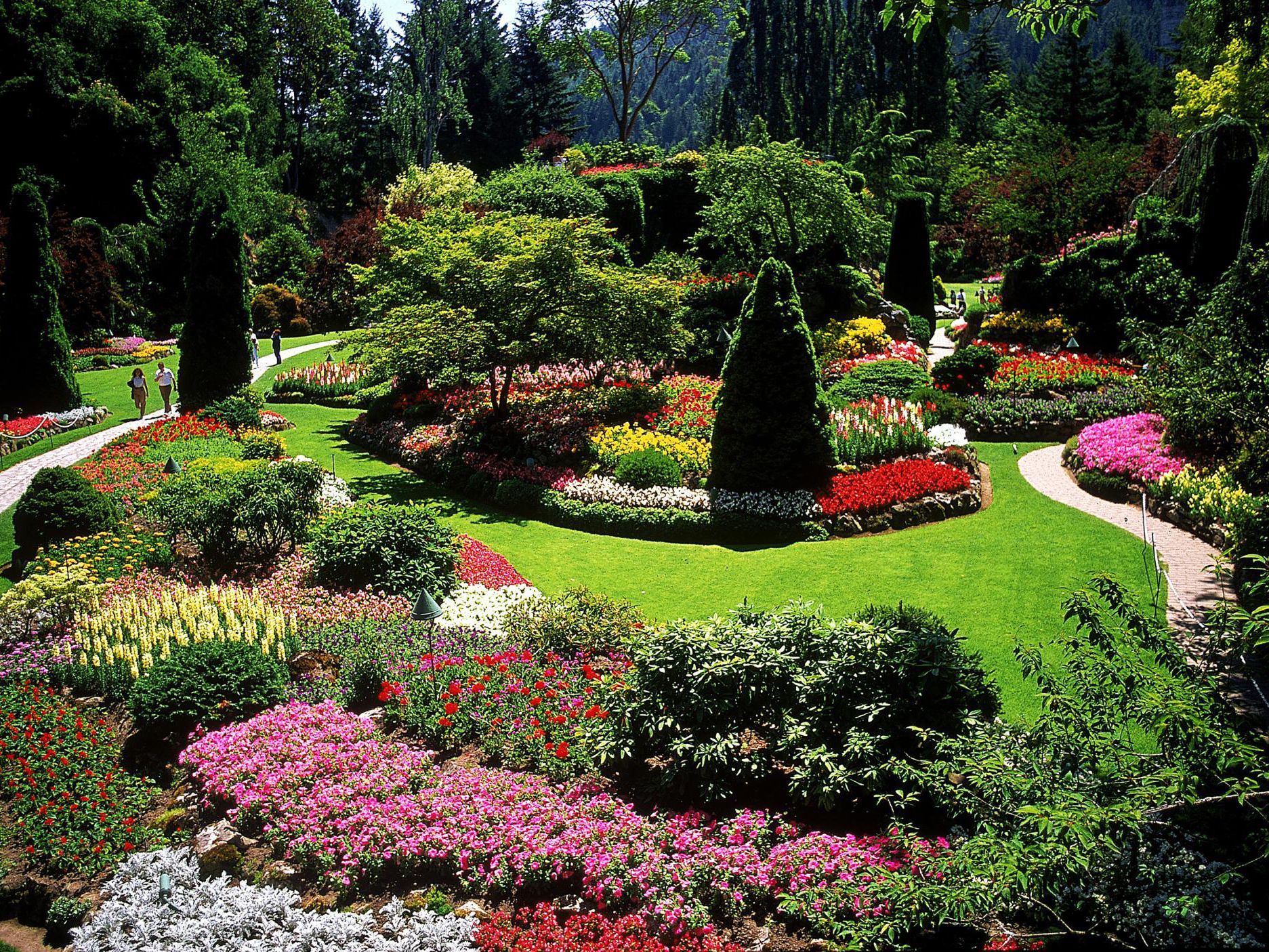Since ancient times, man has experimented with modifying nature to create new forms, express himself and reflect his aesthetic and cultural values through landscape design dallas tx. Therefore, this discipline is directly related to architecture, as it requires excellent skills to observe, design, and shape nature to integrate it into the space that surrounds us.
Landscape architecture is considered the activity that modifies the visible, physical, and emotional characteristics of a rural and urban space to express aesthetic and cultural values. Emerging in the Renaissance, this art was practiced in ancient civilizations such as the Egyptian and Persian. Later, cultures such as Rome and Greece introduced gardening techniques.
Although in Medieval times landscaping lost strength, it was revived during the Renaissance in Europe, in which purely aesthetic planting designs emerged. Also, pre-Hispanic cultures in Latin America learned to cultivate medicinal plants, food, and flowers that gradually became part of the ornamentation.
Notwithstanding, current landscape engineering arose even with the biological and social struggles resulting from the Industrial Revolution. The primary landscape draftsman was the American Frederick Law Olmsted, who in 1863 established an advanced investigation of this subject.
Currently, landscape architecture is a discipline that integrates subjects of spatial design, ecology, perception, visualization of the territory and history, and issues related to the construction and management of the environment. The integration of these subjects allows the sustainability of a productive process, considering matters such as the exploitation of the territory, the environmental impacts of the experimental approach, the remediation of adverse effects, and the restoration of the post-industrial landscape.
Developing plants, forming regular components, and making constructions and dynamic components are viewed as a feature of the landscaping since it resorts to the room’s visual and multidimensionality. In this way, landscaping is considered as both craftsmanship and science, requiring abilities like perception, design, arranging, inventiveness, association, and creative mind, including various teachings like engineering, artistry, social science, and so forth.
It is tough to find a career in landscape architecture; usually, those interested in this field study architecture and then principal in landscape architecture or landscape architecture. However, two undergrad landscape designer professional certifications are a Bachelor of Landscape Architecture (BLA) and a Bachelor of Science in Landscape Architecture (BSLA). These projects typically expect 4 to 5 years of study.
Authorized programs are supported by the Landscape Architectural Accreditation Board (LAAB). Those with a college degree in a field other than landscape design dallas tx might try out a Master of Landscape Architecture (MLA) advanced education program, regularly requiring three years of full-time study.
In the U.S., all states require landscape designers to be authorized. Permitting prerequisites to change by the state yet usually remember a four-year college education for landscape engineering from a licensed school, temporary position insight, and finishing the Landscape Architect Registration Examination. If you want to study Landscape Architecture, you will encounter subjects such as:
- Botany
- Elements of Design
- Technical Drawing
- Materials
- Infrastructures
- Landscape Ecology
- Landscape Management
Where can you work as a Landscape Architect?
- Architectural firms
- Decoration Companies
- Urban planning companies
- Construction and Maintenance Companies
- Consulting for construction companies
- Municipalities
- Professional Services
If you like to change and improve the landscape and have an artistic and creative streak, maybe this is your career.






















































You must be logged in to post a comment Login